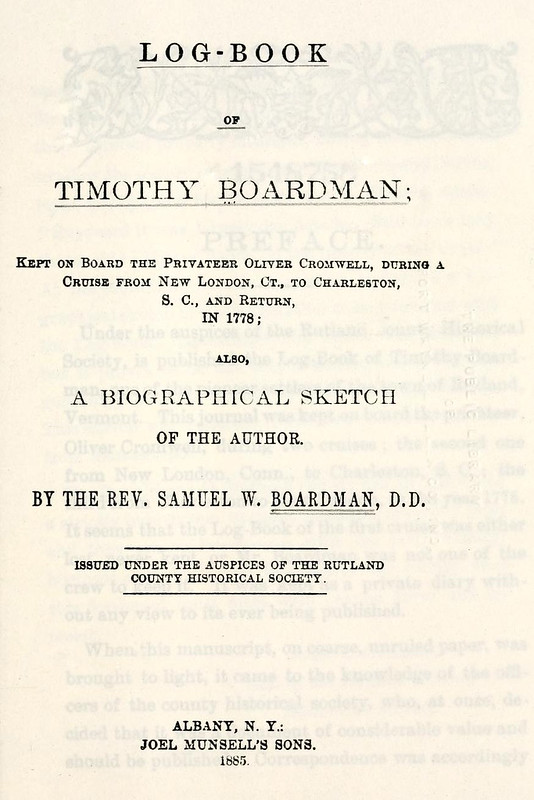 Decades of Great Britain’s mercantilist policies containing severe trade restrictions and onerous taxation had laid the groundwork for beginning of the war for American independence in 1775. During the dozen years preceding the beginning of the war, England had enacted unreasonable taxes on commodities such as sugar and tea. The Townshend Acts passed by Parliament in 1767 instituted more punitive taxes that triggered the colonies to openly rebel. In one instance, British troops reaction to this rebellion was to shoot into a crowd of citizens resulting in the Boston Massacre in 1770.
Decades of Great Britain’s mercantilist policies containing severe trade restrictions and onerous taxation had laid the groundwork for beginning of the war for American independence in 1775. During the dozen years preceding the beginning of the war, England had enacted unreasonable taxes on commodities such as sugar and tea. The Townshend Acts passed by Parliament in 1767 instituted more punitive taxes that triggered the colonies to openly rebel. In one instance, British troops reaction to this rebellion was to shoot into a crowd of citizens resulting in the Boston Massacre in 1770.
In an effort to counteract England’s tyrannical measures, so called “committees of correspondence” began to proliferate within each of the thirteen colonies. These committees associated with the colonial legislatures essentially became shadow governments designed to subvert the royal officials appointed by the crown. Military skirmishes at Lexington and Concord culminating with the Battle of Bunker Hill during the summer of 1775 resulted in King George III issuing a Proclamation of Rebellion against all thirteen colonies.
The Second Continental Congress made up of representatives of the thirteen colonies took on the tasks of creating the Continental Army and appointing George Washington as its commanding general. While the Continental Congress had the power to issue paper money, it did not have the power to levy taxes or request money from the colonies to support the war effort.
A partial solution to this monetary problem came in 1776 when the Second Continental Congress instituted the formal commissioning of privately owned American vessels to capture British vessels and their cargoes as contraband. These privateers not only supplied the colonies with much needed revenue but the privately owned vessels augmented the small and ill-equipped Continental Navy.
A large privateer vessel, the Oliver Cromwell commissioned by the Connecticut colonial assembly was built in Essex, Connecticut and launched at Saybrook in June, 1776. Eighty feet in length with a twenty-seven-foot beam, the ship had the capacity for 150 crew members and was equipped with 24 mounted guns and one ton of swivel shot as ammunition in its hold. It sailed the eastern coast of the United States and the Caribbean, often in tandem with another privateer vessel hunting for British cargo ships. Between 1777 and 1779 it captured nine English ships, turning over the cargo to local colonial courts.
To read the full account of the second and third trips by the privateer Oliver Cromwell in 1778 visit The Log-book of Timothy Boardman on the Otis Library’s Flickr page.
